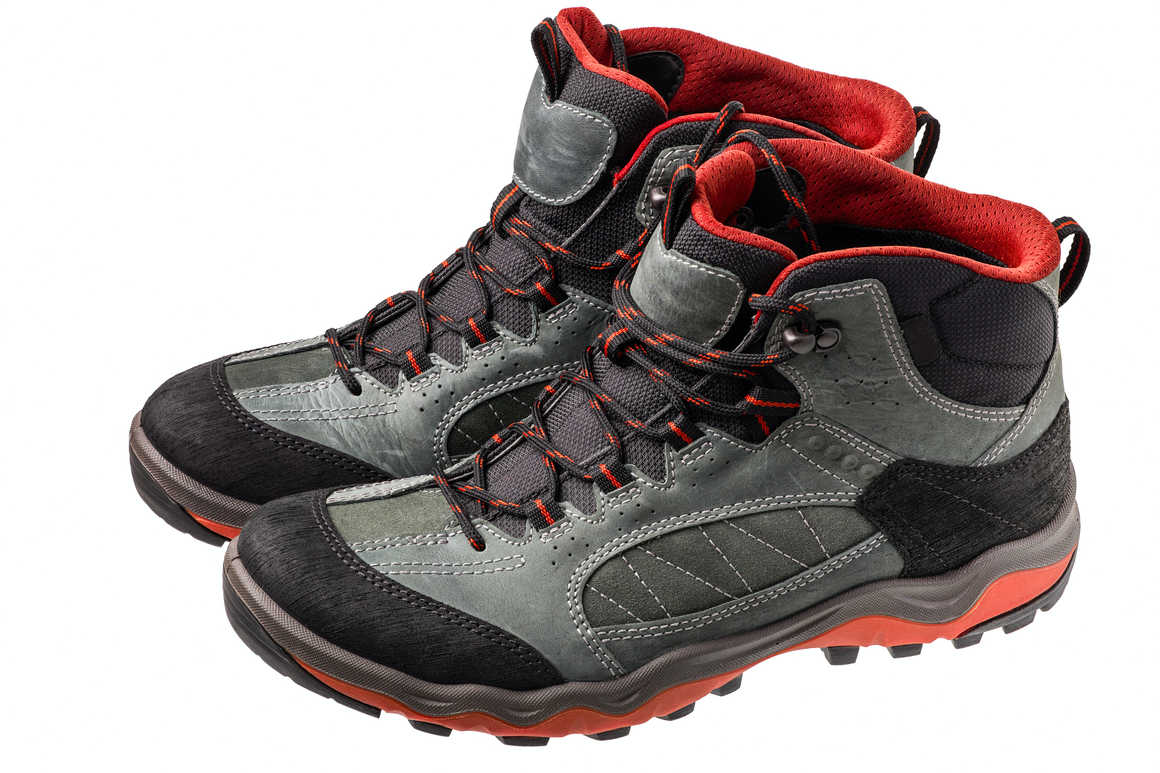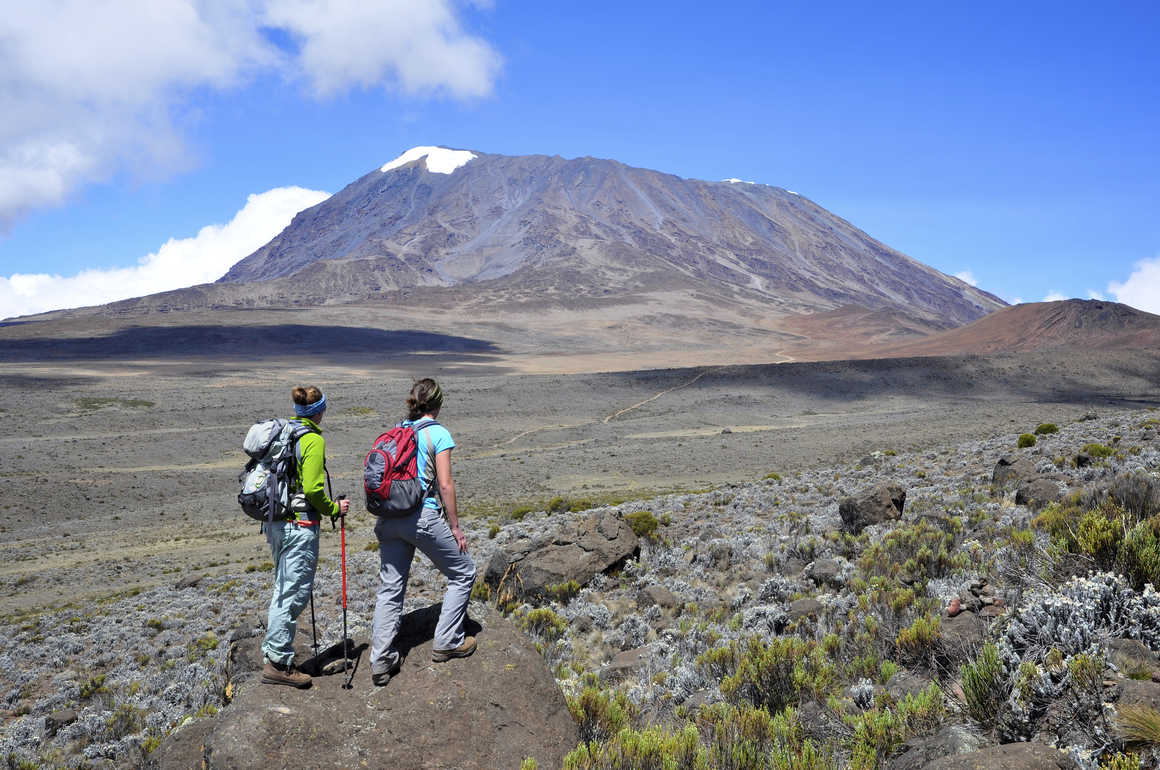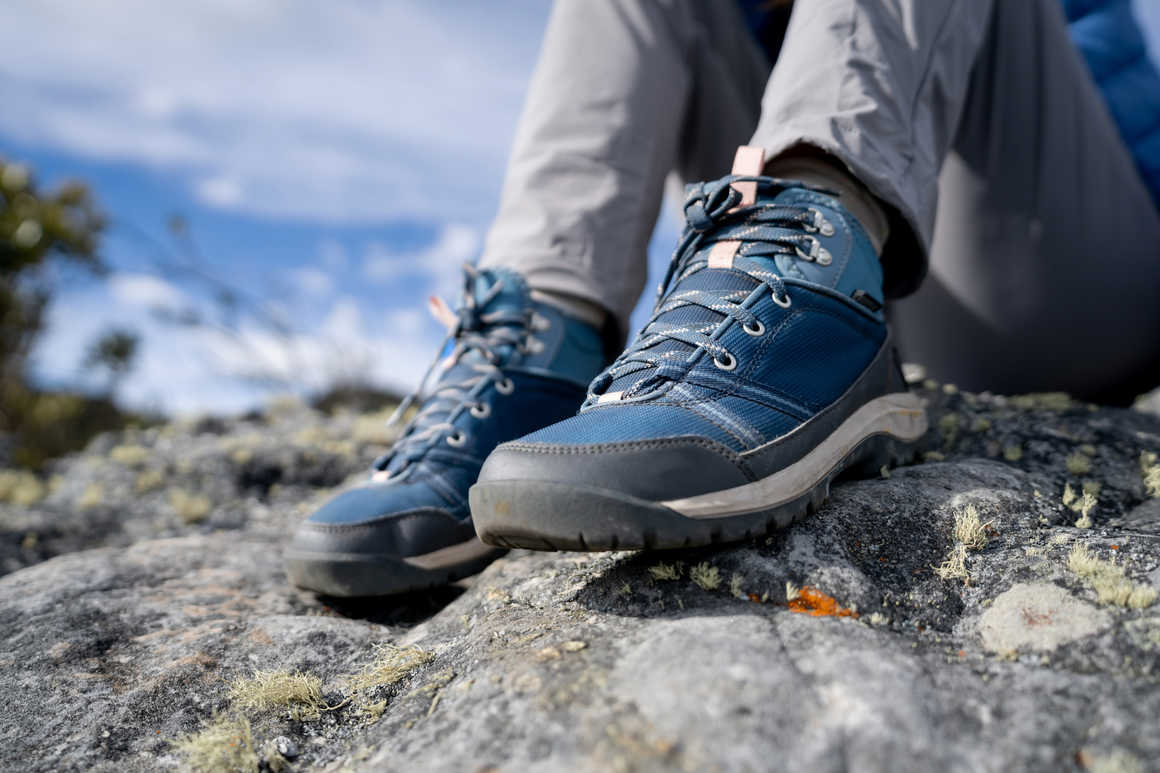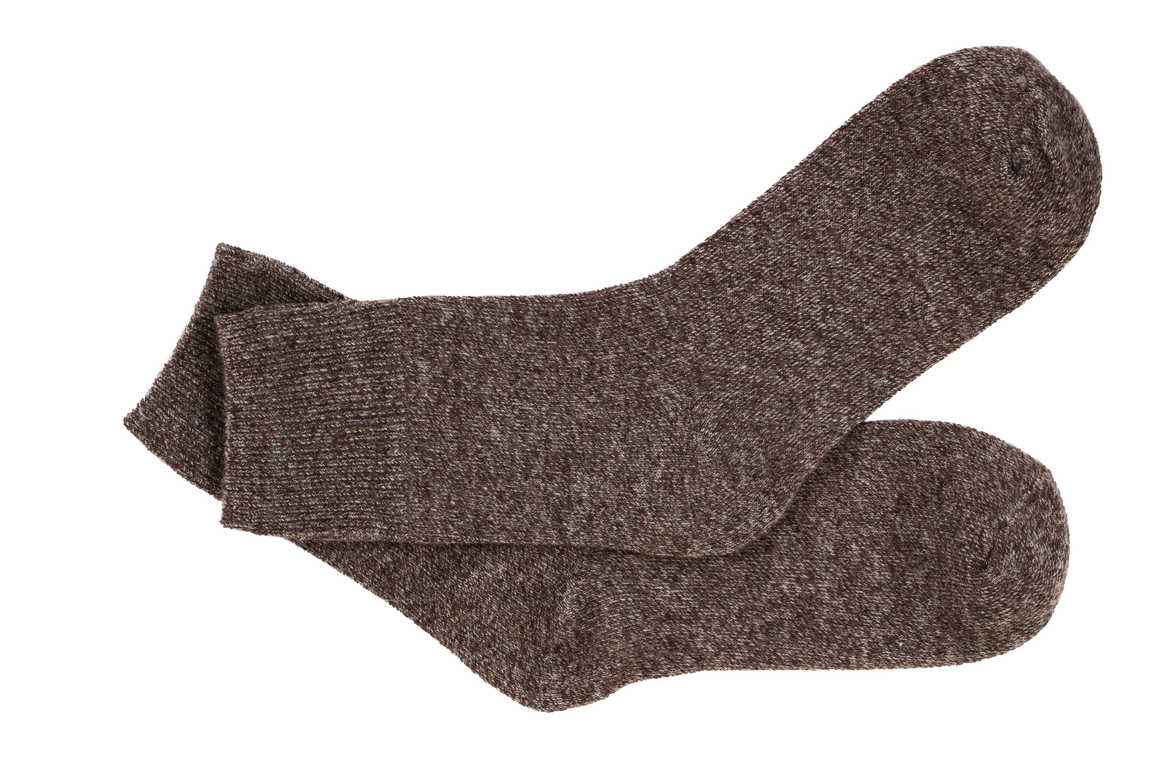The Best Walking Boots for Kilimanjaro
When it comes to tackling the epic heights of Mount
Kilimanjaro, the tallest freestanding mountain in the world, tallest mountain
in Africa and one of the world’s seven summits, choosing the right footwear
is crucial for a successful and enjoyable climb. You’ll be trekking up to 8
hours a day and even longer on Kilimanjaro summit night, so you’ll want
to get it right!
In this blog, we’ll explore why we recommend walking boots
over walking trainers for climbing Kilimanjaro, the best hiking boots for your
Kilimanjaro climb, tips for choosing the right walking boots and other pieces
of footwear you’ll need for your Kilimanjaro trek.
For more information on everything you need to climb
Kilimanjaro from top to toe, check out our Mount Kilimanjaro packing list.
Types of walking shoes
Walking boots

walking trainers

Why do you need walking boots for Kilimanjaro?
Firstly, it’s important to think about your ankles when
climbing Kilimanjaro as the terrain on the mountain can be uneven and
challenging. It’s rocky, sometimes quite steep and, depending on the season,
snowy and icy near the summit, increasing the risk of ankle sprains or twists. Walking
boots can help protect your feet in ways that walking shoes can’t, due to the
extra support and material. You should opt for walking
boots with a nicely padded collar as these offer support for your ankles and
are more comfortable, allowing for a more enjoyable and safer trekking
experience. The higher collar that covers your ankles protects you not only
from scratches and bruises but also on uneven ground where you are more likely to
pick up an injury.
Warmth is another reason why Kandoo favour walking boots
over walking shoes for our Kilimanjaro treks. Due to the great elevation gain
on a Kilimanjaro trek, you will experience all kinds of Kilimanjaro weather on the mountain. At the base of the mountain, the average temperature is around
21 to 27 degrees Celsius (70 to 80 degrees Fahrenheit), while Kilimanjaro
summit temperature can range between 0 to -20 degrees Celsius (32 to -4 degrees
Fahrenheit). Walking boots are designed to keep your feet warm in colder
conditions with insulating materials and ankle coverage, making them ideal for
environments like Kilimanjaro. Good quality walking boots will help to retain
body heat and prevent cold feet, allowing you to focus on the trek rather than
being distracted by the cold.
What are the best trekking boots for Kilimanjaro?

How to choose the right walking boots for Kilimanjaro?
material
Most walking boots are lined with a waterproof membrane,
which is useful for weatherproofing your shoes. But, to avoid soggy feet, you
don’t just want to keep the wet out, you need to let it out too, otherwise your
boots will be full of sweat and condensation. Gore-Tex boots are particularly
good at allowing sweat vapour to escape. Another way to keep out the wet is
using a gaiter: a waterproof cuff that goes over the top of your boot and
fastens around the lower leg.
- Leather walking boots
Leather walking boots are made from natural materials that
makes very tough and long-lived hiking boots that are great for Kilimanjaro,
provided they are broken in well. They are very hardwearing and can last years,
even decades, therefore they will not need to be replaced as often. They tend
to be naturally waterproof and are easy to maintain using wax.
- Synthetic walking boots
Synthetic walking boots, on the other hand, are constructed
from synthetic leather, nylon or polyester. They tend to be cheaper, come in a
wide range of styles and colours, are quicker to break in and are very
breathable, which helps in the prevention of blisters. They’re also comfortable
to wear straight from the box, but they do tend to have a shorter lifespan than
leather boots.
fit and comfort
ankle support
traction
budget

What other footwear do you need for Kilimanjaro?
We recommend brands such as Merrell.
What socks do you need for Kilimanjaro?

Liner socks
We recommend packing at least 3 pairs of breathable liner socks for your Kilimanjaro trek.
mid-weight trekking socks
We recommend packing at least 5 pairs of mid-weight trekking
socks for your Kilimanjaro trek.
thermal trekking socks
We recommend bringing at least 1 pair of thermal trekking
socks for summit night of your Kilimanjaro trek, but you might enjoy a second
pair for the day before the summit trek too.
How to choose the right socks for Kilimanjaro?
material
thickness
fit
moisture-wicking properties
We recommend brands such as Point6, Smartwool and Bridgedale.
Conclusion
When Kandoo Adventures was created in 2009, one of our first
destinations was trekking trips to Tanzania and Kilimanjaro. To this day it
remains one of our most popular trekking tours and it’s no wonder why. At
Kandoo Adventures, our summit success rates are some of the best in the
business at an average of over 98%. This is because we use top quality
equipment and only the best guides on the mountain, ensuring a successful and
comfortable experience for every one of our customers.
If you have any questions about climbing Kilimanjaro, don’t
hesitate to get in touch with the helpful team at Kandoo Adventures HQ. We
can’t wait to welcome you on one of our trips soon.










